All You Need to Know About Traveling to Chile: 15 Tips and Tricks

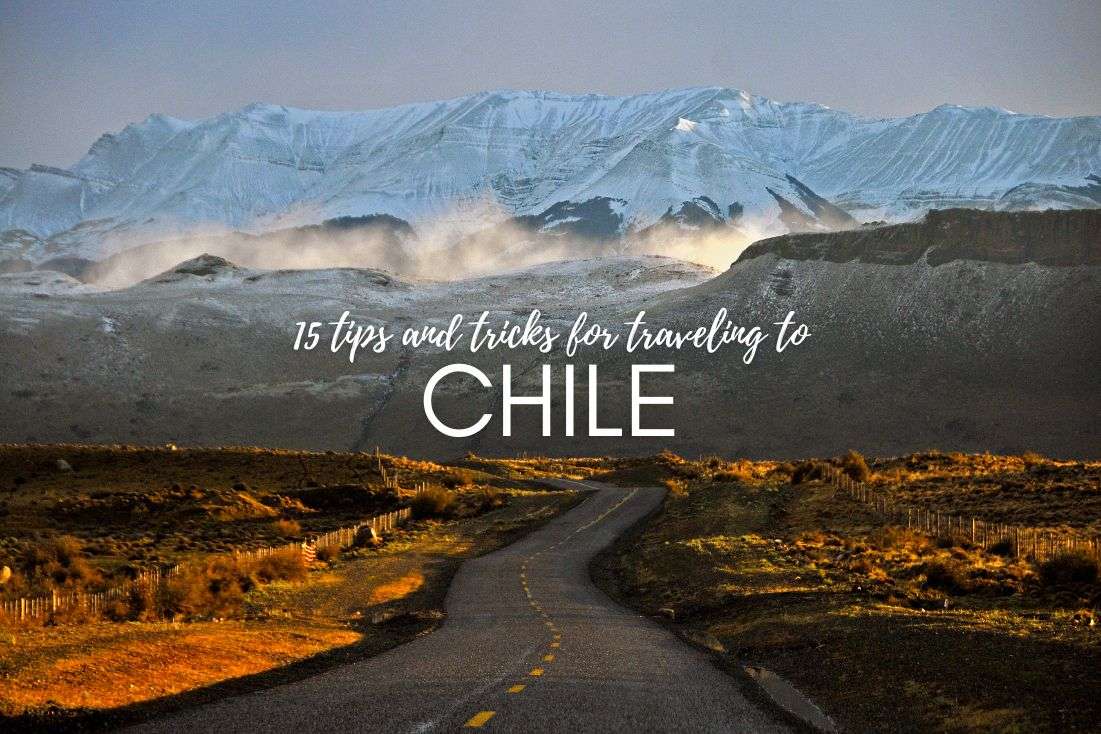
Chile is an amazing destination full of stunning places and thrilling experiences. I would come back in a heartbeat. There are some things I had to learn the hard way though. What is the first thing to do after you land at the airport? Which things are essential to pack in? And how is driving in Chile? We are Jan and Karin, and these are tips and tricks for traveling in Chile based on our own experience.
You might also be interested in reading:
- 3 Weeks in Chile: The Ultimate Travel Itinerary
- All You Need to Know About Climbing Villarrica in 4 Steps
- 8 Highlights from my Visit to Patagonia
- 20 Best Day Hikes in Chile of Various Difficulties
Important things to know before you go to Chile
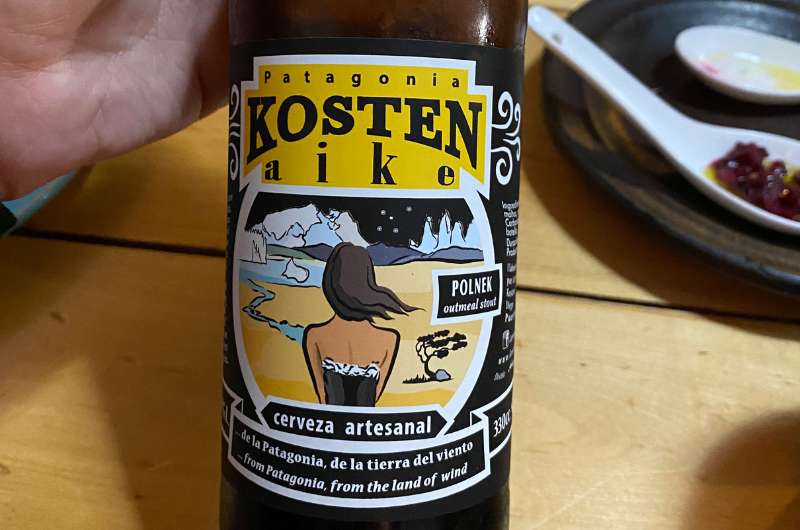
Chile is proud of its wind. Even the lady on the beer label can feel it.
Before you even decide on going to any destination, there are a few basic questions that everyone asks. Is it safe to travel there? How’s the weather? Do they even have beer?!
1. Safety in Chile
It’s safer than you think. Honestly, I would compare Chile to France when it comes to living standards. Most people who haven’t been to Chile picture it like some third-world country. This is not the case. Chile is actually the richest and most developed country in South America. To give you some background knowledge, I summarized everything in Traveling Chile Background.
In conclusion, can you get robbed in Chile? Yes, but then again, you can also get robbed in Switzerland. Is it possible to get drugs in Chile? Well, they serve you Coca leaves for altitude sickness, so what do you think? That’s a bit of a stretch of course, but yeah… name one country where you won’t manage to get drugs if you want to. All in all, Chile is as safe for traveling as Western Europe.
2. Brace yourself for Chilean weather
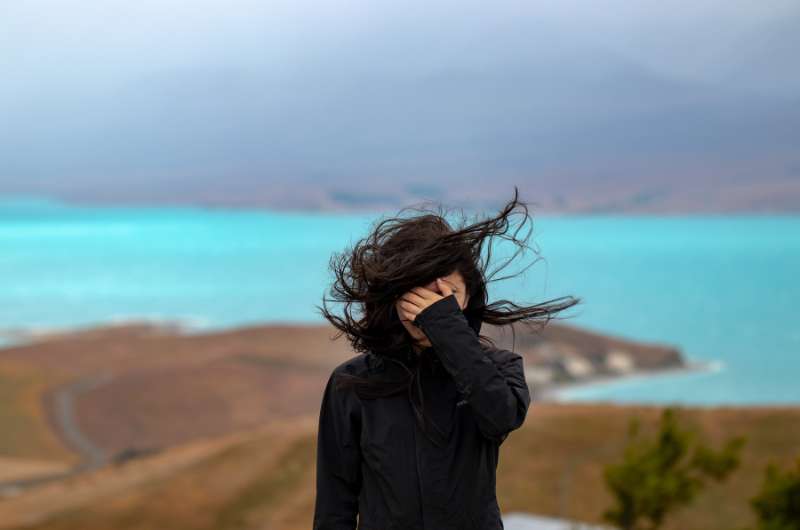
It's very windy in Chile...
How so? Well, you’ve got pretty much every possible climate represented from north to south. As I already discussed in the big background article to Chile, it’s a long ribbon stretching down half of South America along the Andes. The mountain range gives it even more specific features and here we go. You’ve got hot and cold, wet and dry, ice and fire, and the ever-present Chilean signature wind.
Concerning the wind… it’s a big thing in Chile. Especially in Patagonia, it’s not like ‘Oh, my hairstyle is ruined!’ it’s more like… we may not be able to land the plane in this weather. Note for the British: don’t try to complain about it! Chileans are proud of it. They are so proud in fact, they even put it on their beer labels.
See, beer is important.
Practicalities
Once you’ve decided that Chile is the place you want to go, you dig deeper to answer the hows, whats and how much’s. Here are some of them:
3. Getting there and around
Traveling there and then around the country is easy. Well, if you know how. And that’s why I’m here.
- Chile is in the -4 GMT zone, so you don’t need to fear a terrible jet lag coming from Europe.
- Always, and I stress ALWAYS go for Latam airlines when buying flight tickets. It’s easier, carefree, and much more convenient. Sky is low cost, so the service is terrible.
- Wherever you go, buy a multi-city ticket. That way, you won’t need to come back, but go straight to another location. Plus, the luggage handling is less of a bummer.
- Rent a car in every destination! Traveling by public transport is a lengthy and exhausting process.
4. Pack the essentials
I hear you thinking “what am I supposed to pack?” The answer is: everything! If you don’t know why, scroll back up to the weather section.
Here are the essentials:
- Swimsuit
- Sunscreen
- Sunglasses
- Lip balm
- Trekking shoes
- Waterproof jacket, or at least windbreakers
- Light jacket for the evening
- Functional clothing and merino socks to Patagonia
- Shorts and top for Atacama Desert
5. Boost your vocabulary
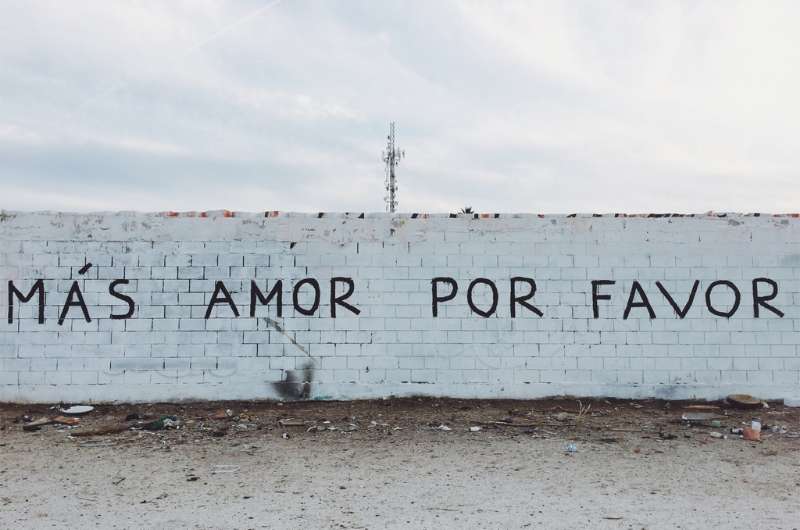
More love, please...
Language is key. Yeah, bummer… since nobody speaks English in Chile. Correction, the tour guides know a few nouns and verbs. The funny thing is, nobody really speaks Spanish either. If you think you can speak Spanish fluently, maybe you’ll be stunned in Chile. The official language is Spanish, but it’s not exactly Castellano. In Chile, they have their own version. The mobile translator will help when you need to express yourself, however, it might not always help you understand. No worries though, they are used to tourists in distress, so you always manage to set everything you need to.
A large part of the Chilean economy is dependent on tourism, and you can tell. Most people we met on our journey were super friendly. That’s not exactly the case in the Atacama, they are a bit of a cold fish there, but not necessarily rude. The same goes for the southernmost part of Patagonia. Now that I think of it, maybe it’s the extreme weather.
6. Buy a SIM Card at the airport
Let’s be honest, we are lost without connection and that goes double in the foreign country. You can buy a prepaid Chilean SIM Card right at the airport. We bought the two weeks card for around 15 USD (13.2 EUR) and the staff kindly set everything up for us, so we were ready for our adventure.
Money in Chile

Chilean pesos
Don't make the mistake of assuming you'll just withdraw money everywhere you travel in Chile. Sometimes it's no problem, other times, you'll want to come prepared.
7. Cash or card?
Chile is a developed country…in the cities. There you can pay by card, once you step out in the countryside, you’ll need cash. In most of the national parks, they accept the admission fee only in cash. Good thing is, you’re going to feel like a millionaire.
1 USD is 810 CLP*, so if you have 100 USD in your wallet, you’re carrying 81 000 CLP. Sounds good?
8. Is it cheap?
It might lead you to think, that Chile is a cheap holiday. Unfortunately, that’s not the case. Especially in Patagonia, most of the experiences are pretty expensive. The tour to Glacier Grey alone cost us around 550 USD. On the bright side, they do often accept the payment in USD.
Tip: Did you get smitten by Patagonia? Read about the 8 Highlights from my Visit to Patagonia including tips for hikes, prices, and other practical info.
*At the time of writing this article
Driving in Chile
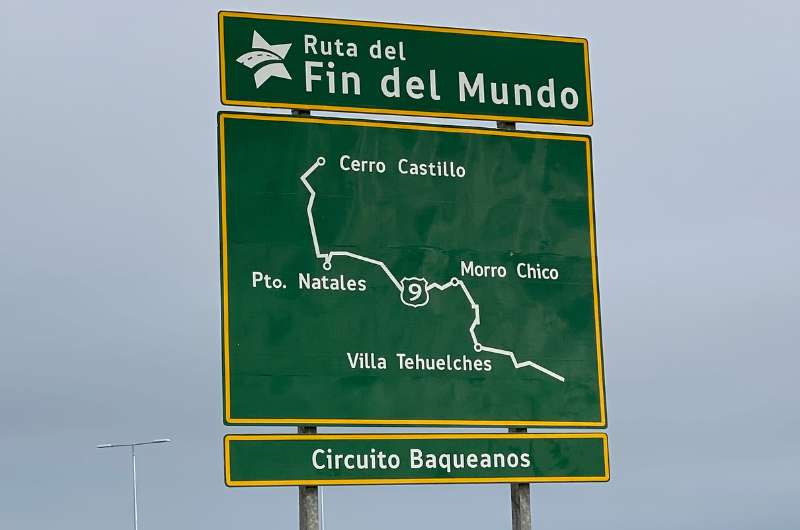
Driving around Chile
What are the roads in Chile like? What documents do you need to be able to drive there? Can you even drive the whole way from top to bottom?
9. Driving license
First of all, you don’t need an international driving license. Tourists are allowed to drive with a valid license from their country for the duration of their visit.
10. The roads in Chile
Second of all, there are motorways connecting most of Chile, all in a good shape, and the Chileans are well-mannered drivers, so the driving experience is nothing to be afraid of.
Anyway, forget about the road trip from north to south. It’s thousands of kilometers and there are some blind spots on the way where there is nothing to see. Moreover, it’s impossible without crossing the borders with Argentina (which you can’t do—car rental rules). After O’Higgins, where the Carretera Austral ends, you would need to get on a ferry or plane to get further.
Apart from that, driving in a car around Chile is super practical. Chile is basically a long, narrow strip of land with a motorway in the center, which means everything interesting is always within your range.
11. How much does it cost to rent a car in Chile?
The first thing that surprised me, it’s quite expensive to rent a car in Chile. The normal price is around 80-120 USD (70-106 EUR) for a day. Which is rather a lot compared to the USA or South Africa.
12. Car rental tips I wish I knew before I went
We made a few mistakes concerning the car. Here are some rules I wish someone had told me before I went there:
- Renting an SUV is not necessary. All the roads are in perfect shape, so it’s just a waste of fuel (except the dirty roads of Atacama, it’s the only destination where you need an offroad).
- You’ll need to drive for several hours sometimes, so always ask for a car with automatic gear and cruise control. Most cars will have these features, except in Patagonia where you need it the most. The irony.
Our top tips for traveling in Chile:
- Pack the whole wardrobe. There’s unbearable heat, cold, and strong wind. So, bring it all.
- Book all tours on site. It’s safer (they don’t forget about you) and usually cheaper.
- Buy multi-city flight tickets and always go for Latam airlines.
- Buy a SIM card at the airport as a first thing. The one for two weeks is super cheap (15 USD) and they will help you to set everything up.
- DON’T EVER GO TO LAKE DISTRICT IN JANUARY! The Tabanos flies will eat you alive.
Exploring Chile’s national parks
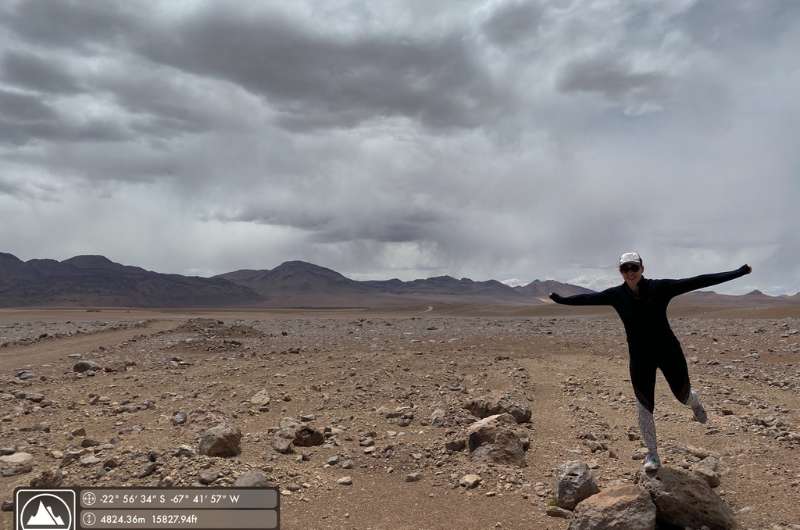
Here is Karin in the Atacama Desert. At this point she was still ok, but a few meters up…it got worse. By the way, a great app for tracking altitude is MyAltitude.
You can’t go to Chile without exploring the fantastic nature of the national parks. You’d be insane, really. You can be calmed by the fact that the information you get on the spot is excellent. But there is one thing you need to watch out for.
13. Park Rangers
Although I’m a big planner and I prefer to do my research in advance, you don’t need that in the national parks. Once we paid for the entrance, we got a map of the park and the rangers marked some of the highlights and advised on which hike to take, to make the most of it. You can tell them how much time you have and what level of difficulty you are up for.
14. Trails
No need to panic if you’re more of an introverted person. Most of the national parks are managed by CONAF (National Forest Corporation) which is trying to reach the level of the US parks. Therefore, the paths are well maintained and marked, and the parks are clean.
15. Altitude sickness
The whole of Chile is laced by the Andes. When moving around and hunting down the top experiences in Chile you can easily cross a big altitude difference and not even notice. For example, there are several 6K mountain peaks just a few hours’ drive from Santiago.
At El Tatio Geysers, Karin was struck by the AMS, so we had to move quickly to a lower altitude and get Coca tea. I know what you’re thinking. Coca tea, right? Cool. Well not exactly. It’s bitter as hell. But according to Karin, it really helps.
Check out the extra article about The Big 3 of Altitude Sickness: AMS, HAPE, HACE, to know how to react, how to prevent it, and what (not) to do.
BONUS: Book luxury hotels in Chile
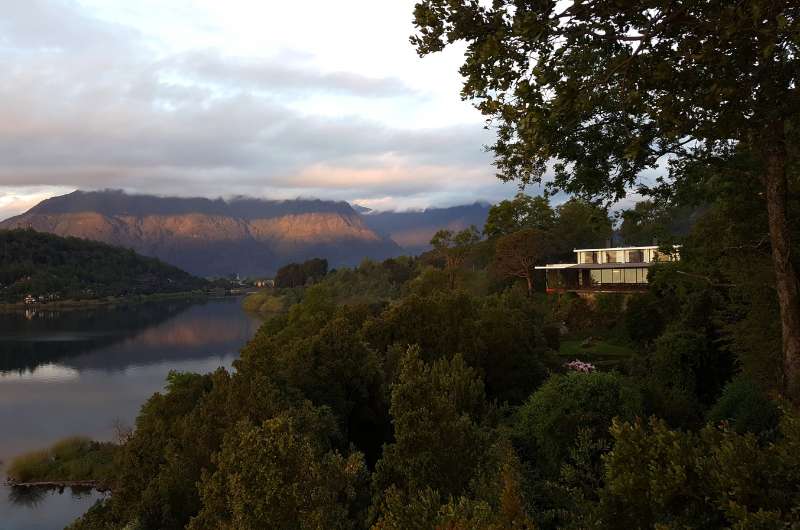
I would like to recommend you the best hotels in Chile
Despite my natural beauty and elastic body, I’m at the age when I prefer comfort over adventure. I passed the opportunity to sleep in a tent or car and watch the clear Chilean sky full of stars.
On the other hand, many people imagine the hotels in Chile like some kind of bug-infested huts. Once again, Chile is a developed country on the same level as France or, I would say Florida, but rather not when I think about the connotation.
I don’t know how about the backpacker’s accommodation, but in the better hotels, everything is super clean, well equipped, the staff is kind and welcoming and the food is great.
One thing I must admit, the hotels in Atacama have a bit lower quality service. And that doesn’t mean it’s cheaper. No, it’s just less… Anyhow, here are some of the top-quality hotels I can recommend.
Hotel Magnolia: Vintage hotel with a modern twist (SANTIAGO)
The delicately restored historical building housing the Magnolia Hotel lies at the heart of Santiago. Stylish modern bedrooms complement the vintage aura of the rest of the hotel. And the rooftop bar? Say no more.
- Prices: from 200 USD (176 EUR), breakfast included.
- Address: Paseo Huerfanos 539, Santiago City Centre, 8320150 Santiago, Chile
Hotel La Casa de Don Tomás: Romantic refuge in the desert (SAN PEDRO DE ATACAMA)
In walking distance from San Pedro downtown lies La Casa de Don Tomás. A charming small hotel with a rustic feel and modern comfort. The hotel restaurant is renowned for its indigenous cuisine.
- Prices: from 183 USD (162 EUR), breakfast included
- Address: Tocopilla sitio 18, 1410000 San Pedro de Atacama, Chile
Solace Hotel: A home-like vibes (PUERTO VARAS)
Warm yourself at a fireplace after a long day climbing or rafting. Solace Hotel represents a home-like haven in the center of the town, only a few minutes’ walk from the lake. The spacious rooms and welcoming staff are especially worth mentioning.
- Prices: from 130 USD (115 EUR)
- Address: Imperial 0211, 5550000 Puerto Varas, Chile
Hotel Vendaval: Sleepover at the end of the world (PUERTO NATALES)
Hotel Vendaval is located right in the city center of Puerto Natales with a stunning view of the city and the ocean. The modern interiors and a hotel restaurant go without saying, but you can also use the airport shuttle and the laundry services.
- Prices: from 100 USD (88 EUR)
- Address: Eberhard 333, 6160000 Puerto Natales
Maki Hotel: Modern haven in the city center (PUCÓN)
A cozy hotel in the center, with free private parking, garden, and terrace with Villarrica volcano views. Apart from that, the Maki hotel staff are extremely helpful and friendly.
- Prices: from 110 USD (100 EUR), breakfast included
- Adress: Uruguay 640, 4920459 Pucón, Chile
Okay, that’s it. Learn from our mistakes and enjoy your holiday!
This post may contain affiliate links. We earn a small commission if you make bookings through my links, at no additional cost to you. This helps us keep this blog free, thank you!


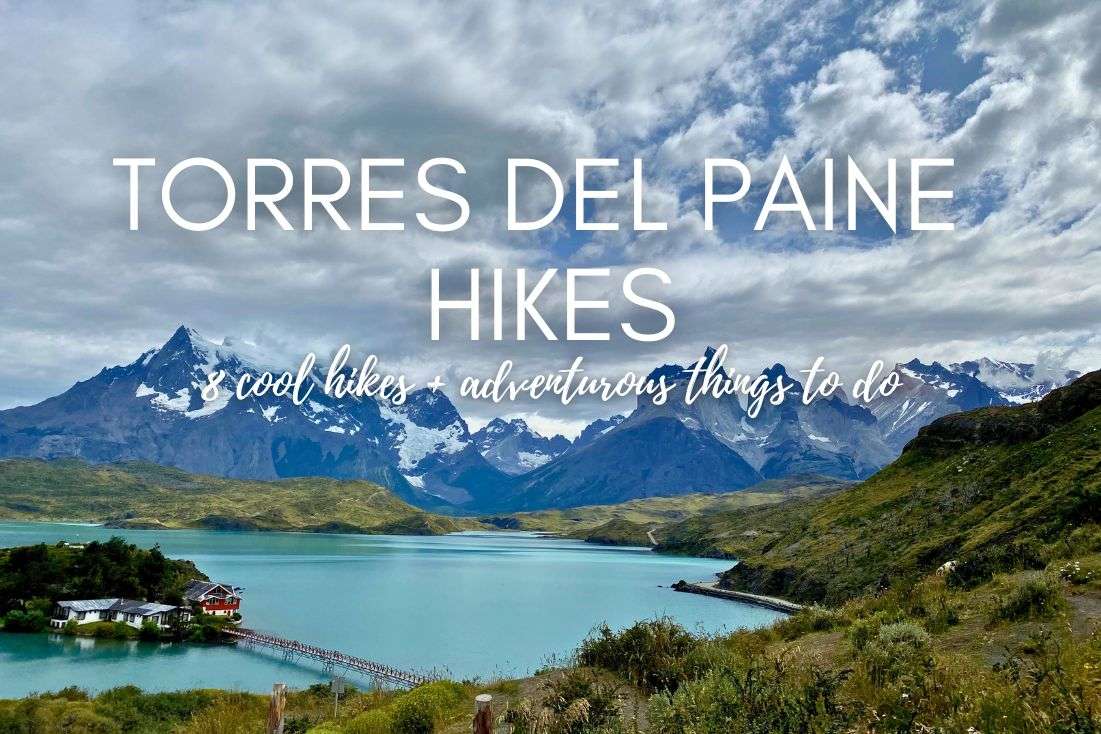

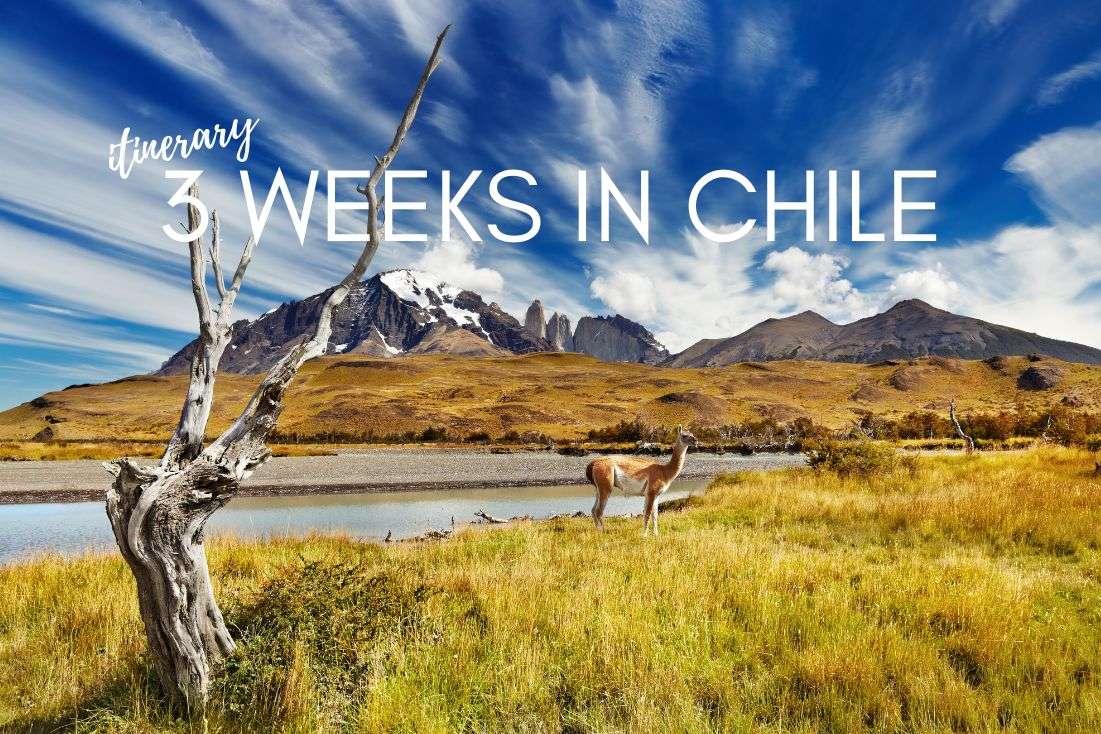





Comments | Thoughts? Give us a shout!